It’s Not Called Watertown For Nothing: The Great Flood Of 1869
The great flood of 1869 was a result in part of an unusual amount of snowfall in early April followed by two inches of rain. The root cause, however, would be the failure of the dam at North Lake in the Adirondacks that sent a wall of water reportedly 30 feet high crashing into every dam on the Black River from Forestport to Dexter, a distance of nearly 70 miles, and destroying or badly damaging 300 mills along the way.
PLEASE NOTE:
Two of the photos shown below are almost certainly from the great flood of 1869, but there is no definitive proof. The most telling is the Eagle Mills photo and the history recorded with it having lost its southern wall during the flood. The two series of photos were part of one single four-picture photograph from the Watertown Daily Times and are posted in the gallery.
The other photos with a red tint, such as the one immediately below, could quite possibly be from the great flood as well, but I do not recall where they were obtained from and don’t have any documentation. One factor in their favor of being from the great flood is obviously the significant amount of water and the old Mill Street suspension bridge which would have been in place at the time.

Seemingly absent in the above photo, however, is Cataract Mills which sat where the old stone building on the corner of Moulton and Mill Streets is now, but the mill sat slightly further back. That the mill is not visible could be just from the angle of the photos and that it is obstructed by other buildings. Absent as well in favor is any notable events spanning the duration of the suspension bridge‘s existence from 1869 until its replacement in the late 1890’s.
EDIT: As it turns out, while the Cataract Mill was, as of April 23, still reportedly functioning “as if without care” of the flood, the Watertown Daily Times would report twice it was indeed partially destroyed which apparently happened after the first day of the flood.
While freshets, classified as a flood from heavy rain or snow, weren’t uncommon and typically happened in the spring, the waters of 1869 lasted at flood stage for an entire week per one report which noted people traveling from nearby towns and villages to witness the event, with one recollection of “it was well into May before the river had resumed its normal flow.” So, the photos are shared here with a level of uncertainty and open for debate. Nevertheless, they undeniably show the power of the Black River.
In 1869, the state of New York was besieged by a spring freshet throughout various regions. The lower section of Albany was described as “completely inundated,” while the Black River Valley from Forestport onward to Dexter suffered a tremendous amount of damage as a result of the North Lake dam failure and subsequent tidal wave of not only water, but debris as well.

The day the great flood hit Watertown on April 22, brief news segments would be printed in the New York Reformer including–
Black River looses one bridge and one saw mill by the freshet.
Dexter – we hear this village is afloat, and that some people can’t get out of their houses, on account of the freshet.
Woman drowned at Great Bend – A Mrs. Stevens of Great Bend, was drowned this morning while crossing a plank leading to a building which had been cut off from the road on account of the freshet in the river.
The following day, as the river continued to rise, the Reformer would report more substantial losses as word spread–
NEW LOSSES!
The river rose about one foot and a half last night, but it is thought this morning that its volume will not be increased. The losses not reported yesterday are as follows:
A stone pier was taken away from teh upper railroad bridge, about 5 o’clock yesterday afternoon. Last hight Miser’s Tannery and O’Doughtery’s Saw Mill were carried away, and this morning about 9 o’clock, nearly one half of the Wilson and Stewart’s carriage shop was swept down the stream. They got out a great part of their machinery, but their damage will be several thousand dollars. Mr. Miser succeeded in getting out all his stock, so his loss will be confined to his old building and stoppage of business.
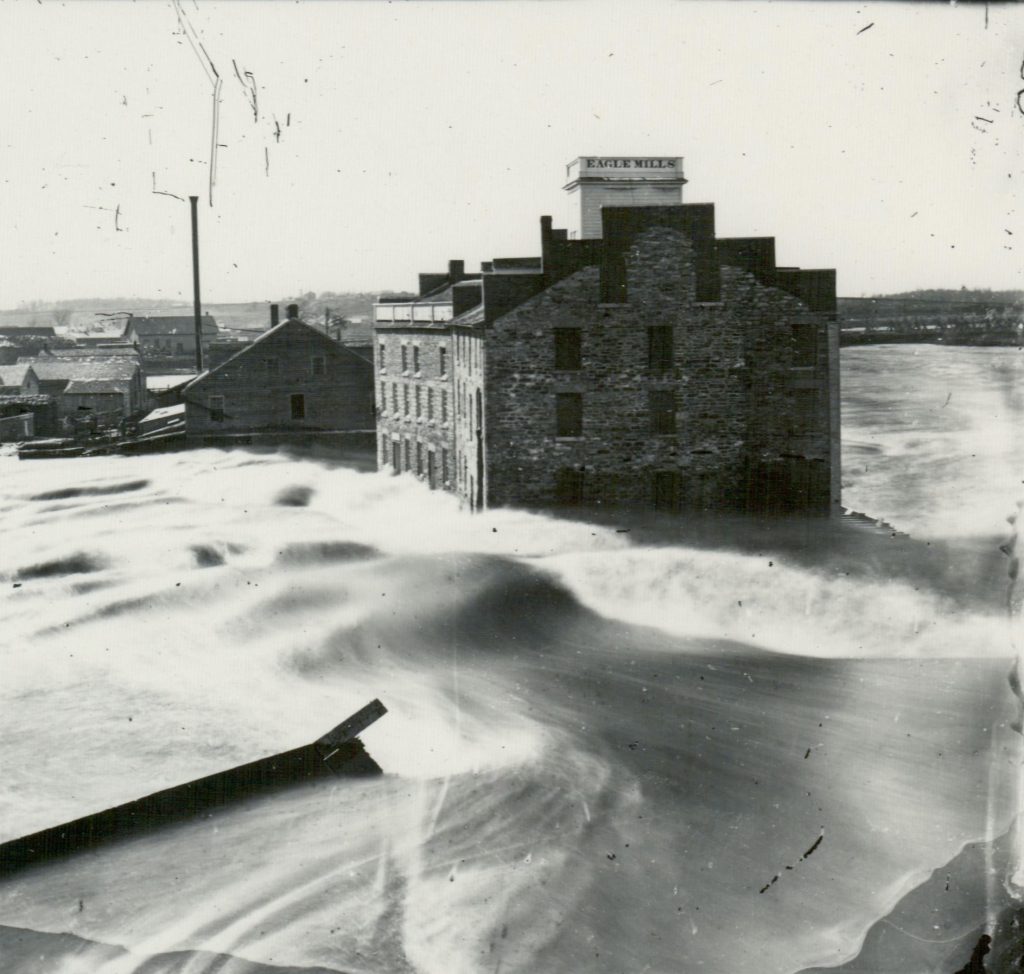
Bagley & Sewall are suffering loss, but we hope it may not be large. The water is plunging though the lower stores of their old shops, but they have removed all their valuable machinery, and the damage will be mainly in suspending work, unless O’Doughtery’s boom should give way which would probably result in sweeping off some of their buildings.
The Excelsior Mill is completely undermined, and hangs over the river with very precarious support, but we think it will stand.
The Eagle Mill is standing this morning, minus its south wall, and the balance may survive the flood. Farwell & Baker’s tannery is completely riddled by water but at this writing the building is still there. The stock has been taken out.
The amount of debris deposited in the Black River Bay would have the New York Daily Reformer stating–
The Fruits of the Flood — Black River Bay, near Sacket’s (sic) Harbor, contains the wreck of bridges, dams, mills, and other buildings swept into it by the late flood. It is thought that some valuable lumber will be recovered from the mass.

Eyewitness Accounts
From the Watertown Daily Times, printed March 12, 1937, written by anonymous writer known only as “An Old Resident” who wrote also wrote of Watertown’s famous “Yellow Day” in 1878 when the sky was a coppery tint that grew darker later in the day. With regards to the great flood, he would recollect —
Another early recollection is of the great flood of 1869, the highest ever recorded on the Black River. A young man of the neighborhood took me down to the old suspension bridge on Mill Street to see the river. We went out on the bridge. The spray was flying thick and mountainous waves were rolling over the dam from which the water rushed in a torrent. Destruction seemed imminent. I turned and fled incontinently as fast as my small legs would carry me.
Another recollection printed in the August 26, 1939 edition of the Daily Times reported–
I well remember the great flood of 1869 and as I stood with my grandfather on the bank of river opposite what is now Hunt Street and saw the torrent of waters which completely covered Gray’s Island, tumbling and foaming over rocks at Delano’s Falls, it was a sight I shall never forget.
In another incident reported during the great flood by the Daily Reformer back on April 23, 1869–
We hear that when Nichols’ Woolen Factory went down on Wednesday night, that a boy was sleeping in the upper story, and being awakened by the moving of the building, got up and thrusting his head out of the window screamed with fright. The building moved down slowly at first and caught on the short. The boy’s cry was heard, men came to his assistance, a ladder was put up, he escaped and the mill went down.
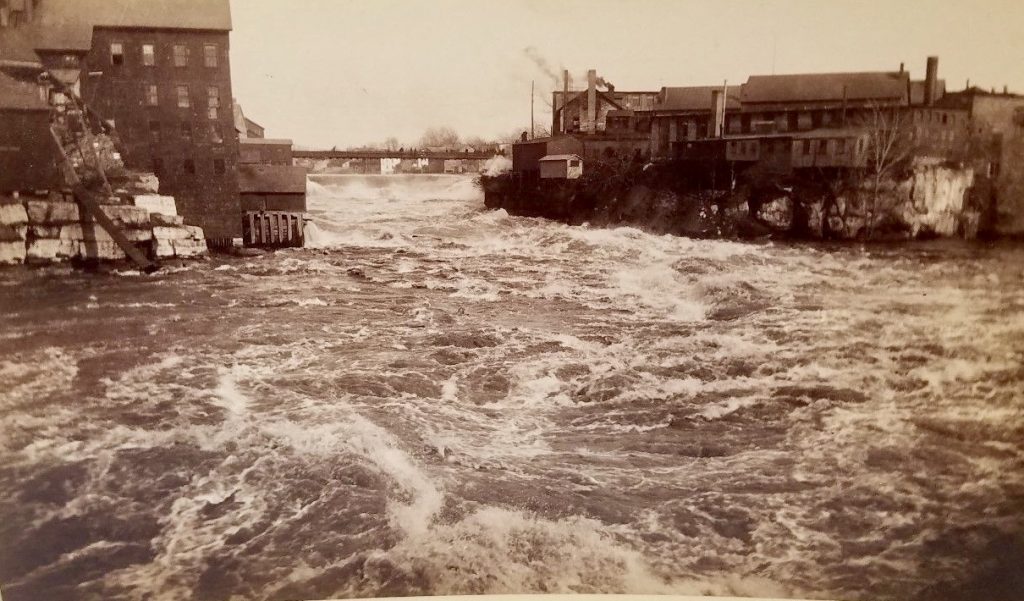
When it was all said and done, some reports had the damage estimate from the North Lake dam failure through Dexter to be more than $800,000 with $250,000 alone occurring in Watertown which, incidentally, was still a village at the time but become incorporated as a city the following month. The failure of the dam was eventually blamed on its gate-keeper who had been negligent and $450,000 in claims were paid for losses in the Black River Valley.
As one might expect, the major disaster interrupted the impacted establishments from producing goods and subsequently people were out of work for a period of time as a result of the loss of business. Also impacted were the local fire departments which had their system of collecting water from the river for fighting fires destroyed during the flood.
A list of local mills and dams swept away and/or damaged from a June 4, 1947 article in the Times included–
The Mill Street and Taggart dams, O’Dougherty’s grist and saw mill, Nichols’ wool mill, the Gilderoy Lord Iron Works, Miser’s tannery, and Wilson & Stewart’s carriage shop. Heavy damage was done to the Knowlton paper mill, the V. P. Kimball barley mill, the Excelsior mill and the upper railroad bridge.
Along with the massive damage, a total of four lives were lost. Aside from the aforementioned one in Great Bend, three deaths were reported in Port Leyden. After a bridge there had been carried away, five men attempted to cross the Black River but their boat became unmanageable and was “swiftly carried down the current towards the dam. As they neared the dam all jumped from the boat,” according to the Utica Observer.
Bystanders threw boards into the water and two of the men were aided by them and reached the shore while the others were carried over and drowned.
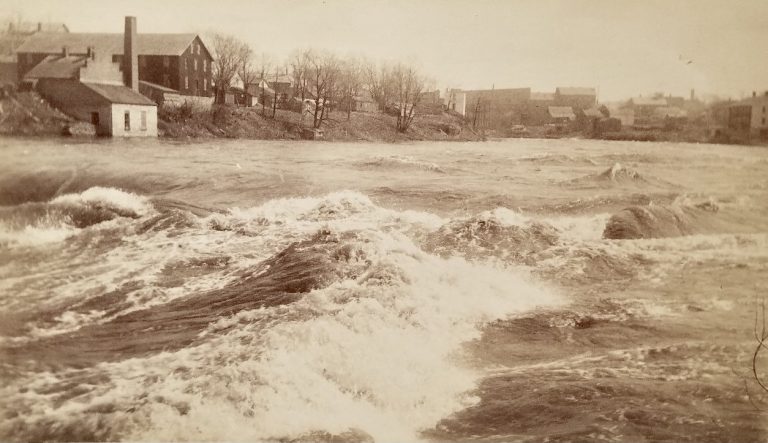


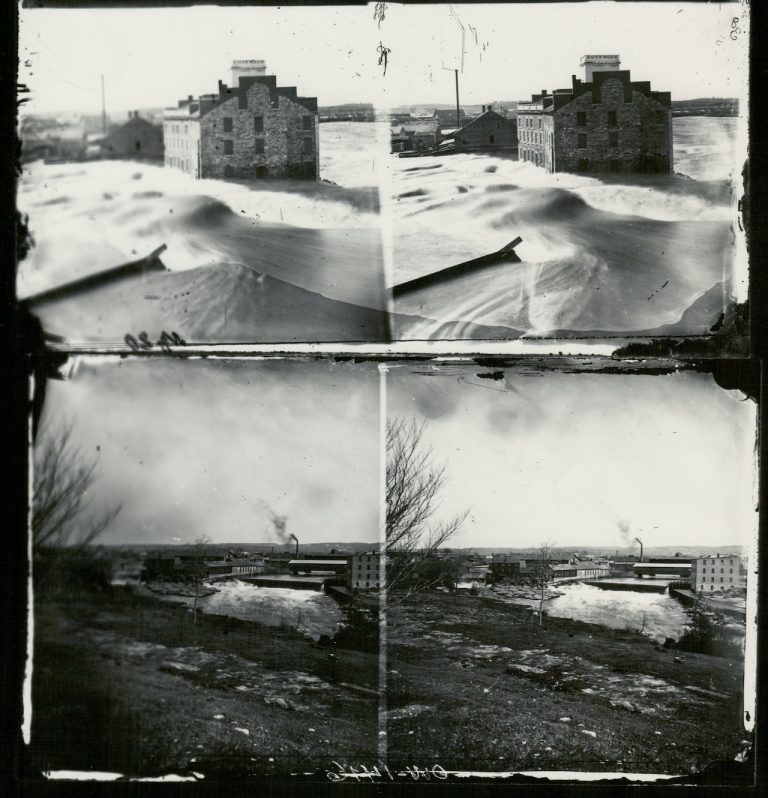
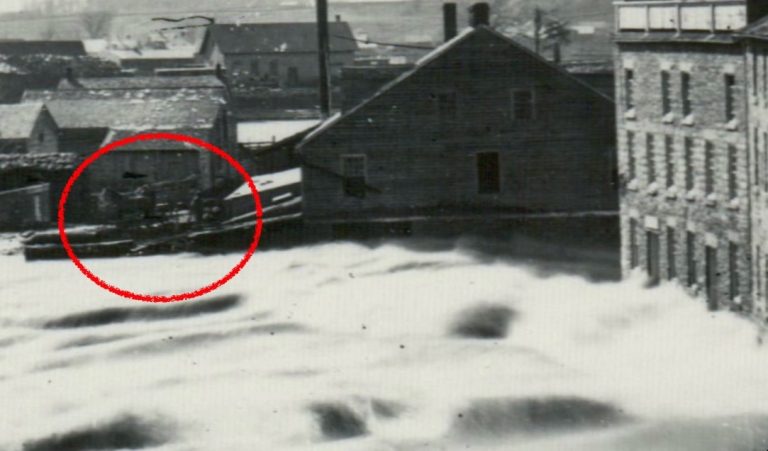
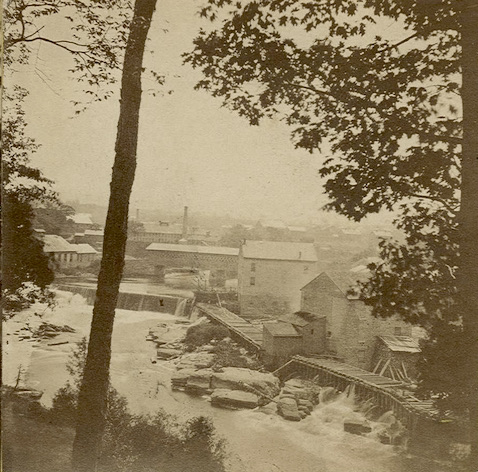
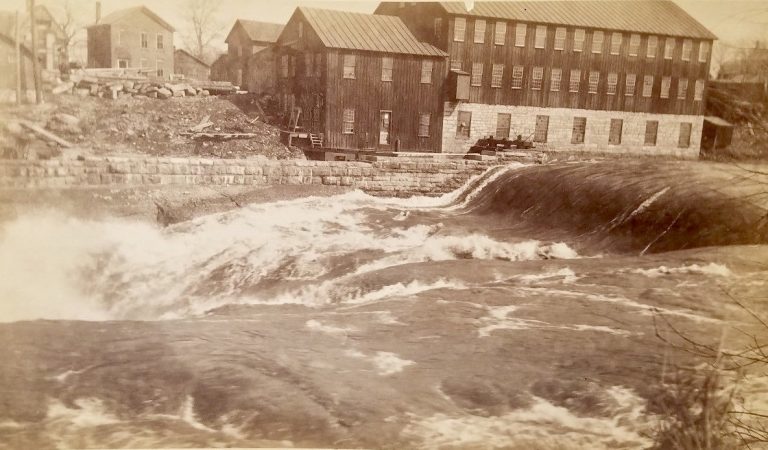
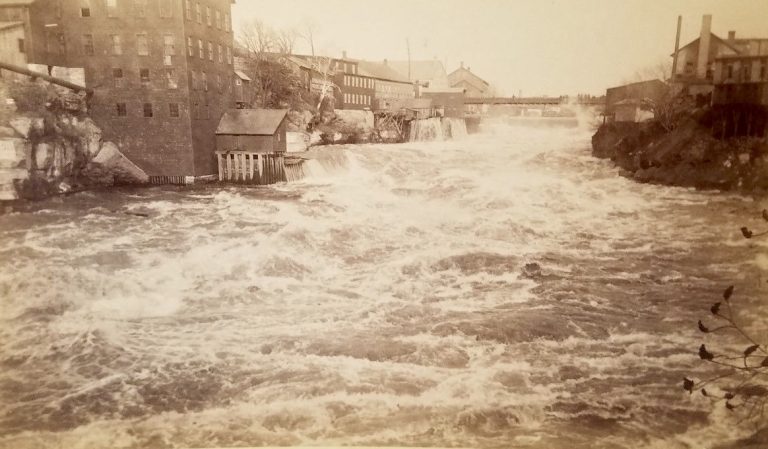
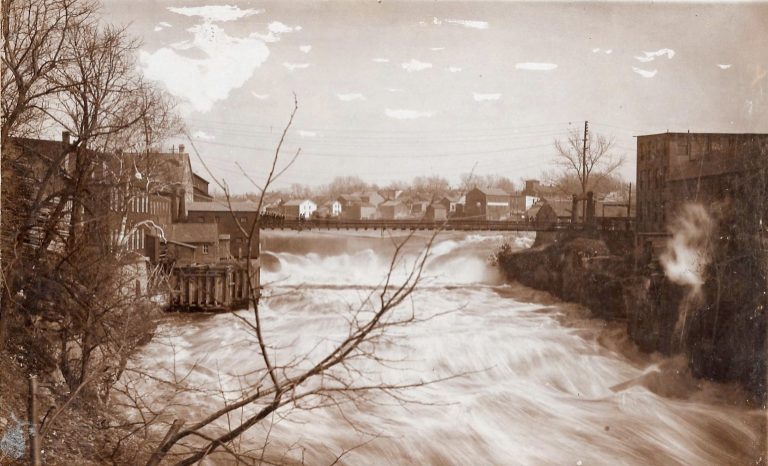

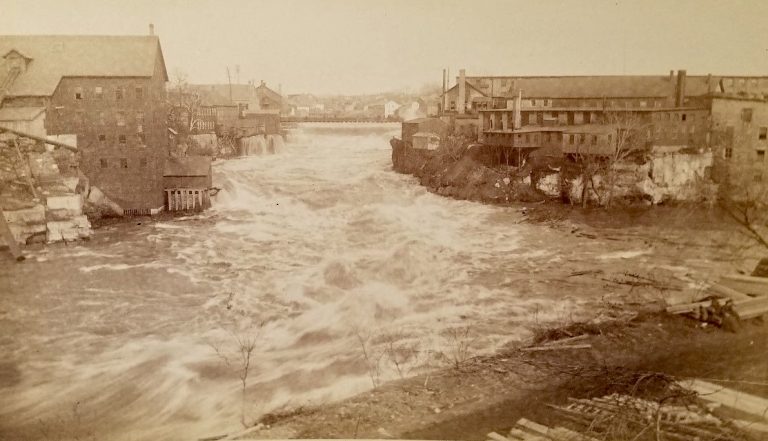
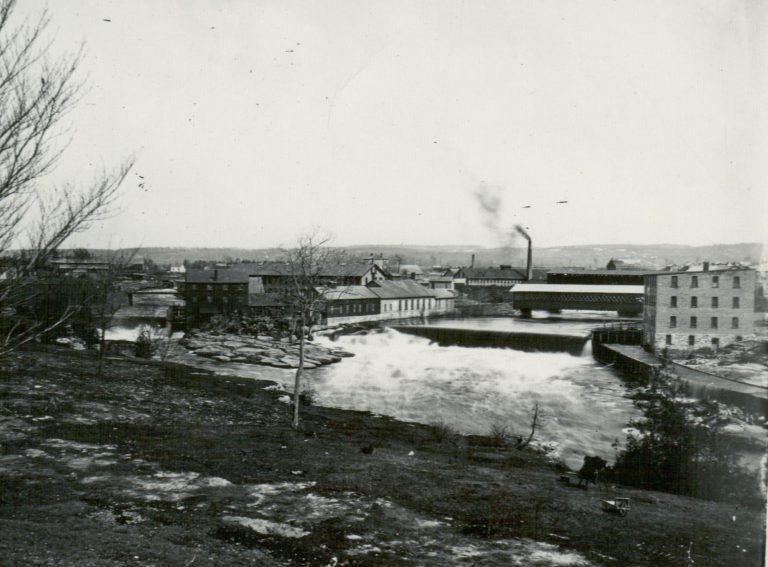
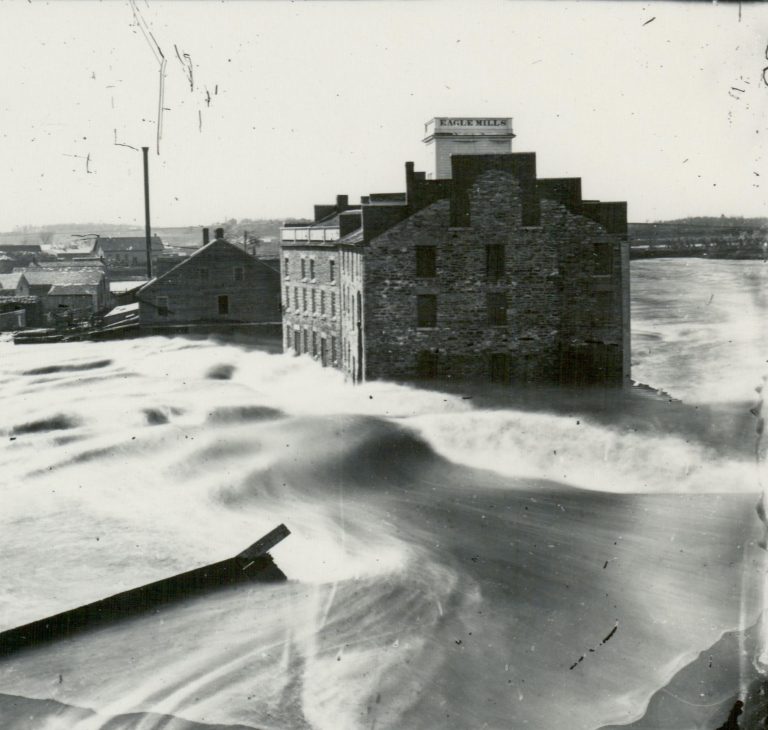
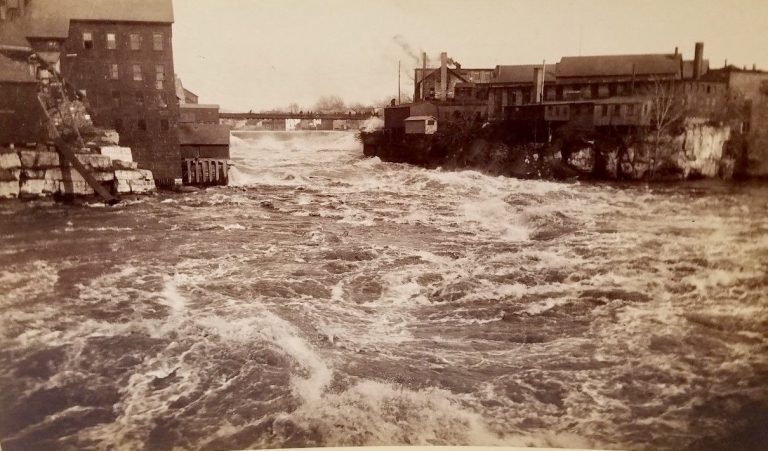
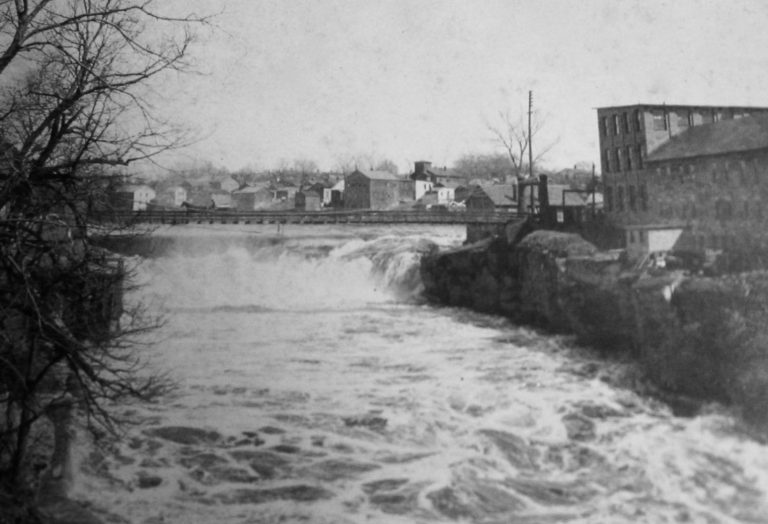
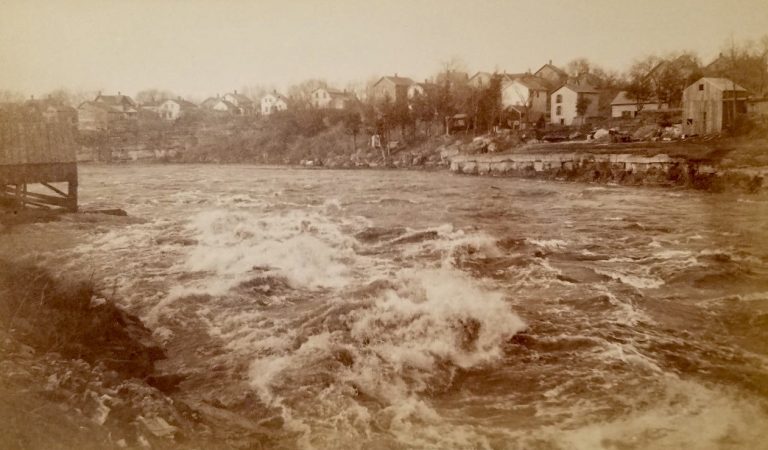
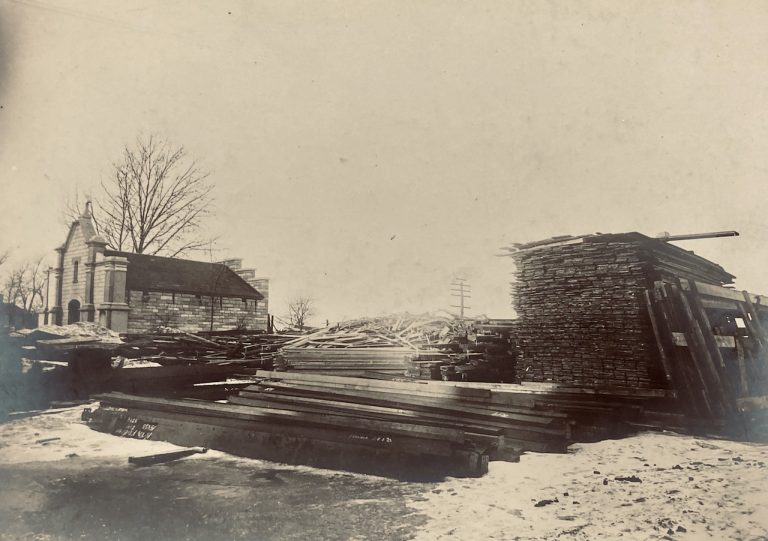
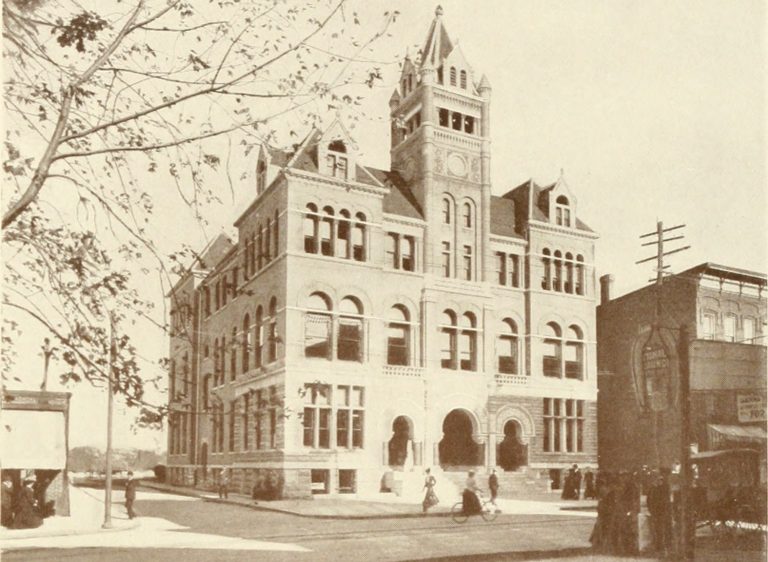

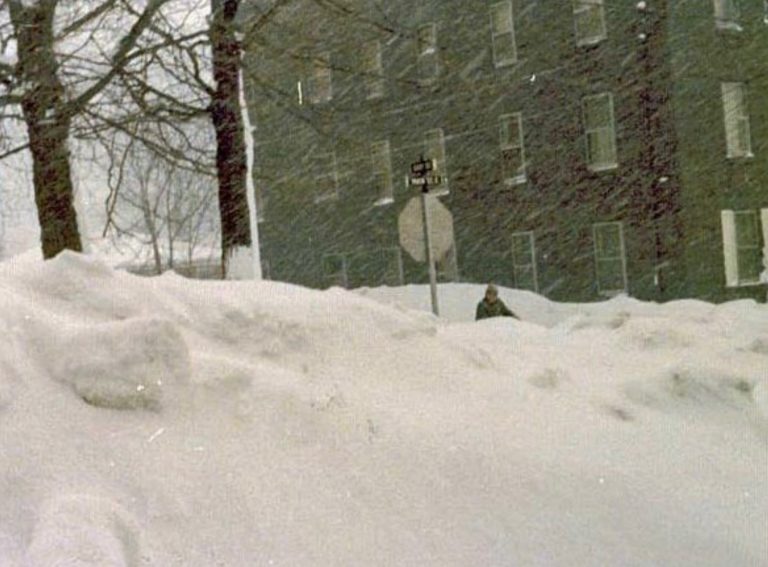

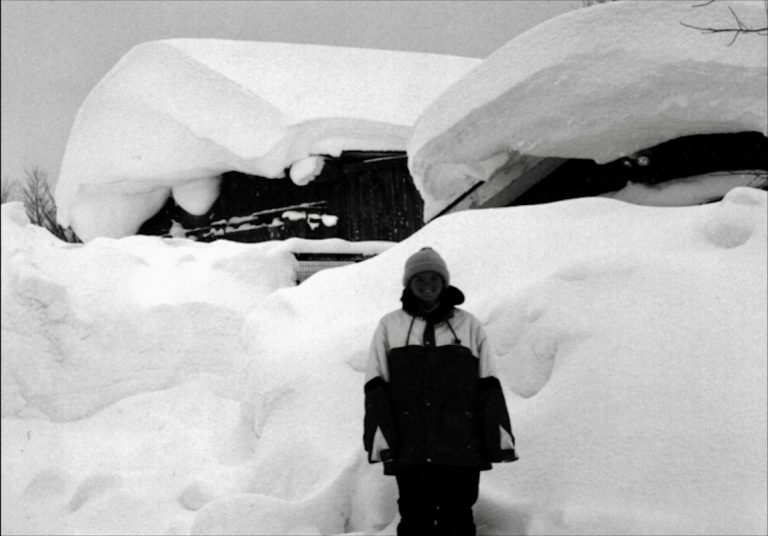


1 Reviews on “Great Flood Of 1869 – Watertown NY”
I SO LOVE!!!!!!!!!!!! reading about the history of Watertown. Thank you so very much for making this available!!!!